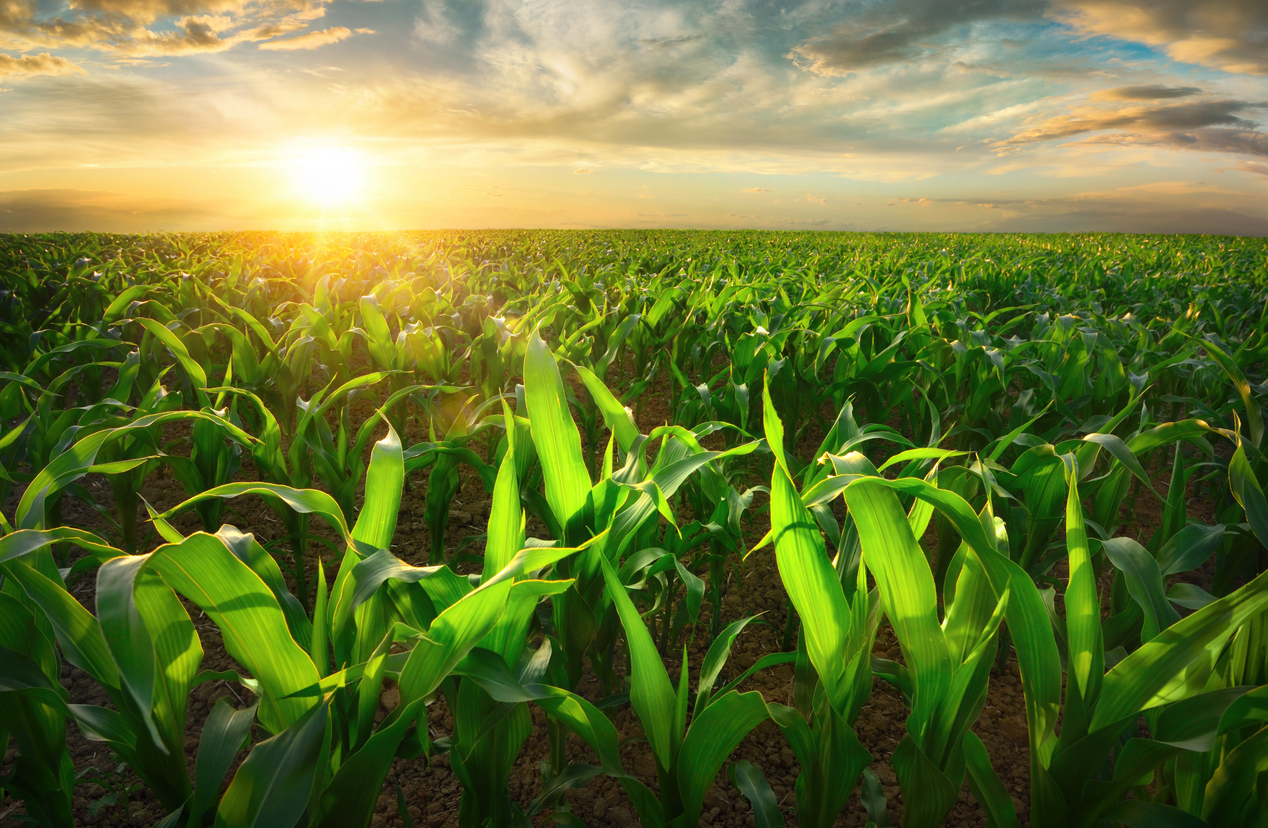Climate Change Impacts: A Ticking Clock for Agriculture
| |

Climate change remains an urgent global challenge, with its impacts and consequences affecting the primary sectors of society, from the way we grow food (agriculture) and power our lives (energy) to how we move (transportation), maintain well-being (health), sustain coastal populations, support leisure industries (tourism), and foster economic growth.
In December 2024, an international team of scientists sounded the alarm on the escalating impacts of climate change on the global food supply. In a paper published in Trends in Plant Science, the scientists warn that without rapid changes in the development of climate-resilient crops, the world faces widespread food shortages that could lead to famine, mass migration, and global instability.
Warmest year recorded
Last January, the World Meteorological Organization (WMO) confirmed that 2024 was the warmest year on record, reaching an average temperature of 1.55°C above pre-industrial levels. This makes 2024 the first calendar year to exceed 1.5°C above the pre-industrial average. The year also witnessed extreme weather events and unprecedented land, sea surface, and ocean heat, according to the WMO. Weather experts and the WMO insist that the Los Angeles fires have been exacerbated by climate change.
Agriculture is a major driver of climate change. A sweeping global research study conducted by professors at the University of Minnesota in September 2024, with more than 20 experts from around the world, examined the links between climate and agriculture. The study revealed that as climate change puts more pressure on the global food supply, agriculture adopts practices that further accelerate climate change.
A tool to measure risks and financial impacts of climate change
Emma Knol, a researcher of climate and business in Climate Resilient Agriculture at Wageningen University & Research (WUR), is developing the Climate Stress Test, a tool that reveals the risks and financial impacts of climate change at the farm level. It also offers tailored solutions, like water storage systems or precision irrigation. Knol explains that weather extremes such as long periods of drought, especially during the summer, and heavy downpours and prolonged periods of rain have significant consequences for farmers. A recent study by WUR indicates that the impact of climate change on agriculture is only going to increase, and suitable locations for the current cultivation of crops will continuously shrink. Knol emphasizes that careful assessment is needed to identify what areas remain feasible for agriculture. Crop cultivation may need to be relocated, she added.
The Agriculture Climate 2050 project is exploring the future of climate-smart agriculture by developing scenarios based on input from various stakeholders (farmers, businesses, government, conservation groups, etc.). Knol explains that these scenarios assess the implications of different climate trends on future farming practices, considering factors like crop feasibility, water management, and the relationship between agriculture and other land uses. Ultimately, the project aims to identify the necessary steps to take for farmers and other stakeholders to achieve sustainable agriculture by 2050, informed by these future visions.
Knol emphasizes that the effectiveness of climate measures in agriculture varies significantly based on local conditions, including region, soil, crops, and farm type. She highlighted the need for a multi-faceted approach rather than a single solution and points out that inaction poses a significant threat to the future of farming businesses. Many farmers face tough economic choices regarding investments in long-term resilience measures versus experimenting with new approaches. Consequently, many climate actions are currently reactive and short-term fixes in response to immediate weather events, which ultimately fail to build long-term climate resilience for the farm.
A future with climate change
Climate change, fueled by rising greenhouse gases, severely threatens global agriculture and food security through increasing temperatures, altered rainfall, and more extreme weather. Addressing this requires worldwide collaboration among scientists, farmers, policymakers, and the public to build climate-resilient agricultural systems and ensure food security.
For Further Reading:
- Pocket K No. 43: Biotechnology and Climate Change
- Double Helix Vol III No 2
- Klima
- Scientists Call for Urgent Action as Climate Change Threatens Global Food Supply
- Climate Change Worsens Agriculture’s Environmental Impacts
- Study Reveals Linkages Between Crop Biotech and Climate Change Mitigation
| Newer Post | Archive | Older Post |
Science Speaks is ISAAA Inc.'s official blog. Weekly blog articles, authored by ISAAA writers, partners, and invited contributors, aim to help share, disseminate, and promote scientific knowledge and its vital role in achieving global agricultural sustainability and development. Your support to Science Speaks will help us achieve this goal. You can help us by donating as little as $10.

